Under construction, 1901.
(Courtesy Duke Archives)
The history of Blackwell's Durham Tobacco (later American Tobacco) and the Golden Belt Manufacturing Co. are inextricably mingled. In 1887, the Golden Belt Manufacturing Co. originated in a portion of the Bull Durham Tobacco Factory (the white building at the northern extent of the American Tobacco complex) as an operation to produce the cloth bags in which the tobacco was sold. (You would, of course, roll your own cigarettes or do whatever else you liked with the tobacco.)
In 1901, the company constructed a new factory for the Golden Belt Manufacturing company, across from Julian Carr's Durham Hosiery Mill No. 1 at Angier and Main Sts. The factory was divided into a cotton mill (Building 1) with an attached power plant and a bag mill (Building 2.) A warehouse building stood in between Buildings 1 and 2, and a frame detached office building stood to the south, facing "Edgemont Avenue" (Main Street.)
1902 Sanborn map, soon after the construction of the factory. Building 2 is the southernmost of the brick factory structures in this map, noted as having the "Bag Mill" on the 3rd floor, the "Pouch Factory" on the 2nd floor, the "Bag Factory" on the 1st Floor, and shipping in the basement. The building's tower is on the eastern end of the building, noted as a stair tower.
The company employed 700 people, predominantly female.
1907 Sanborn, showing unchanged uses in Building 2.
In 1910, the bag mill building was expanded to the east by 120 feet, such that the tower that originally abutted the eastern end of the building became enclosed by the building.
Golden Belt, 1910
Building 2, 1910s - looking north. (Likely taken from the tower of Durham Hosiery Mill No. 1.) It's easy to see the addition to Building 2 in the foreground, over and to the right of the "drive-thru" entry.
(Source Unknown)
Postcard of Golden Belt from the Durham Hosiery Mill No. 1 tower, ~1910. Buildings 1, 2, their joining warehouse, and the office building (later Building 7) are visible to the left. Building 4 is separated from the others, to the right.
(Courtesy John Schelp)
1913 Sanborn map showing, from left to right, Building 2, Warehouse, Building 1, and the power plant. Uses in the building are shown as Printing, Bag Making, and Storage in the addition - Bag Handling and Packing, Machine Shop, and Bag Making in the 1901 portion. A "Drive" through the building is shown in the center.
Golden Belt in the 1920s, looking northeast from the intersection of East Main and Angier Ave.
(Courtesy Duke Archives)
In 1923, Golden Belt diversified their operation again, beginning to manufacture labels and covers, boxes, and cartons for cigarette packages. By the late 1920s, cigarettes began to overtake traditional smoking tobacco. However, the depression granted a temporary reprieve, as poverty forced people to return to less expensive roll-your-own cigarettes.
(Courtesy Duke Archives)
The 1930s were an era of tumult and change for the textile industry nationally, and particularly in East Durham. The increasing importance of imported hosiery and a shift away from cotton to silk hosiery diminished the market for cotton products manufactured in Durham. Golden Belt, by virtue of its relationship with the American Tobacco Company – as supplier of the cotton bags for Bull Durham tobacco, remained somewhat insulated from the decline in the hosiery market, and was able to maintain its capitalization and output during the 1930s.
In 1927, Building 3 was built at the eastern end of Building 2; the eastern stair tower was removed from Building 2 for this. Construction of multiple additional buildings greatly expanded the campus.
Sanborn Map, 1937, shows Building 2 "Bag Factory" in the newly expanded campus.
In 1938, the Golden Belt Manufacturing Company is described in the North Carolina Directory and Reference Book as employing 1000-1500 people. Despite the ability to maintain a healthy business during this era, the company recognized the market changes necessitated a shift in product output. In 1946 the company sold its hosiery operation to Hillcrest Hosiery Mills, which occupied a portion of the Golden Belt facility (within buildings 3 and 6) until the early 1950s.
Machine Shop workers in front of Building 2, 1940s. The machine shop was located on the 2nd floor of Building 2, west of the main stair. (Courtesy Janet Rhodes Downs - her father is in the middle of the 2nd seated row; a man behind him has his hand of Mr. Rhodes' left shoulder.)
The short-lived return to popularity of bagged loose-leaf tobacco during the Depression ended during the early 1940s , and the need for manufactured bags diminished with it. Golden Belt shifted towards production of paper, packaging, and labeling during the 1940s, although it maintained textile output. In 1949, the company became the first to employ gravure printing for cigarette labels. However, in 1945, the company is still noted to be a strong force in the textile industry in Durham continuing to produce bags for loose-leaf tobacco into the 1950s. The American Tobacco company prospectus from 1952, and notes from a 1953 ‘special meeting’ note that the Golden Belt Manufacturing Company
“manufactures cotton bags, principally used for the packaging of tobacco, and supplies the Company's requirements of bags for its brand BULL DURHAM ; manufactures tobacco shade cloth used to cover the fields on which Connecticut Valley shade-grown cigar wrapper tobacco is grown ; supplies a substantial portion of the requirements for such cloth of The Hatheway-Steane Corporation and also manufactures labels for tobacco and cigarette packages.”
The first edition of Moody’s Industrial Manual, from 1954, notes that the company was a 94.7% owned subsidiary of the American Tobacco Company at that time. The strength of the company during the 1950s can be inferred from American Tobacco Company’s ongoing efforts through the 1950s to acquire the outstanding 5.3% of Golden Belt Manufacturing Company stock that was publicly-held. This effort began in 1957, and by 1958, the American Tobacco Company owned 100% of Golden Belt stock. Co-incident with this acquisition and ongoing expansion of the company’s products and operations, the company constructed a modern office building to replace the earlier frame office building on site. This building served as the headquarters for the eventual expansion of Golden Belt’s operations to 4 additional manufacturing facilities in the US and Canada (Reidsville, NC ; Randleman, NC; Burlington, NC; Missuaga, ON.) The 1958 American Tobacco Annual Report notes that Golden Belt manufactured labels, cartons, cloth, and cloth bags, with “much of the output used by [American Tobacco] and the balance sold to others.”
Above, Golden Belt from the air in 1959, showing the tower and "Drive" of Building 2 in the context of the then-new office building (Building 7)
Late 1950s picture of Buildings 2,3,4, and 6 - looking east from the Golden Belt parking lot.
(Courtesy The Herald-Sun)
Below, Building 2 in the late 1970s. The original windows have been removed and bricked in, with intermittent small windows in the infill. The monitor roof has also been closed in.
And another view from across E. Main St., 1981.
(Courtesy Robby Delius)
An aerial view from a similar timeframe.
The company continued to manufacture cigarette packaging into the 1990s. Business continued to decrease, however, and the loss of Phillip-Morris' business in 1992 halved revenue. In 1995, Brown and Williamson acquired American Tobacco. An antitrust judgment evidently forced them to sell off several brands. In 1996 Brown and Williamson Tobacco Co., the owner, failed to attract a buyer for the buildings and donated the facility to the Durham Housing Authority. Julio Cordoba of Raleigh purchased Building 1 and the power plant in 2002 to create the East Village Corporate Center, which would provide space for small business tenants. This entity received $36,000 in incentives to create jobs at the site.
In 2004, the DVI subsidiary of the Durham Housing Authority put the southern portion of the complex on the market, including Buildings 2-7. It was sold to Scientific Properties in October 2006, for $2.6 million.
As part of the redevelopment of the property in 2007-2008, Building 2 was completely restored, and repurposed as event space, retail space, and office space.
Below, a view of the complex from East Main St., similar to the above historical photos, 2007, showing Building 2 at the beginning of renovations.
Below, a view from Morning Glory of the east end of the complex (building 6) - 2007.
Below, Building 2 seen from the north side, looking southwest, 2007.
Update: Golden Belt began renovation in earnest in mid-2007.
11.14.07
11.14.07
11.14.07
11.14.07
11.14.07
11.14.07
In July 2008, the complex opened for business.
Golden Belt, looking northeast, 09.28.08 (Photo by Gary Kueber)
Building 2, as of 2012, is home to offices, the Cotton Room (an event space and catering company,) Moshi Moshi (a hair salon,) LabourLove Gallery, Courtney Gunnels' State Farm office, the City of Durham NIS and Community Development departments, Cuberis, Bull City Advisors, Scientific Properties, and Blend Cafe.
01.20.12 (Photo by Gary Kueber)
Moshi Moshi, 01.20.12 (Photo by Gary Kueber)
Cotton Room
04.24.12 (Photo by Gary Kueber)
11.13.13 (Photo by Gary Kueber)

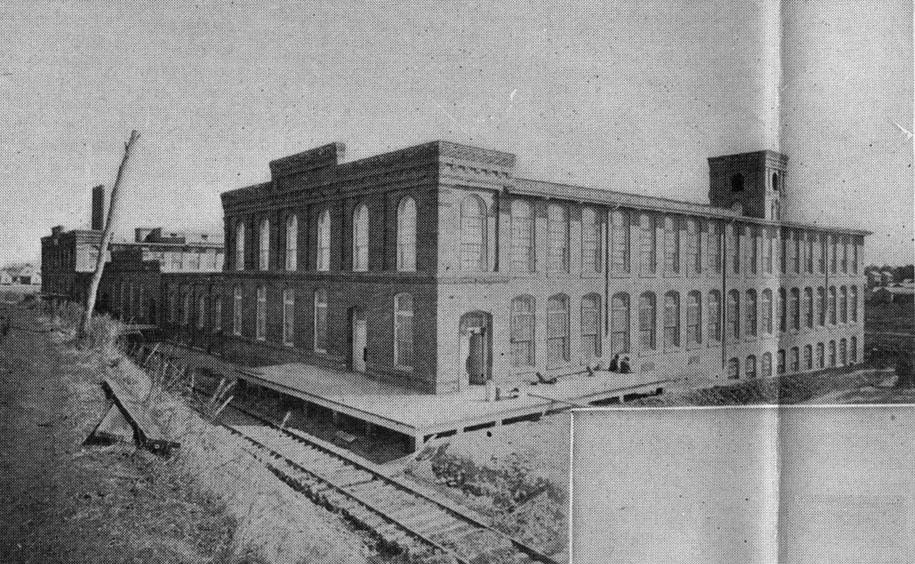
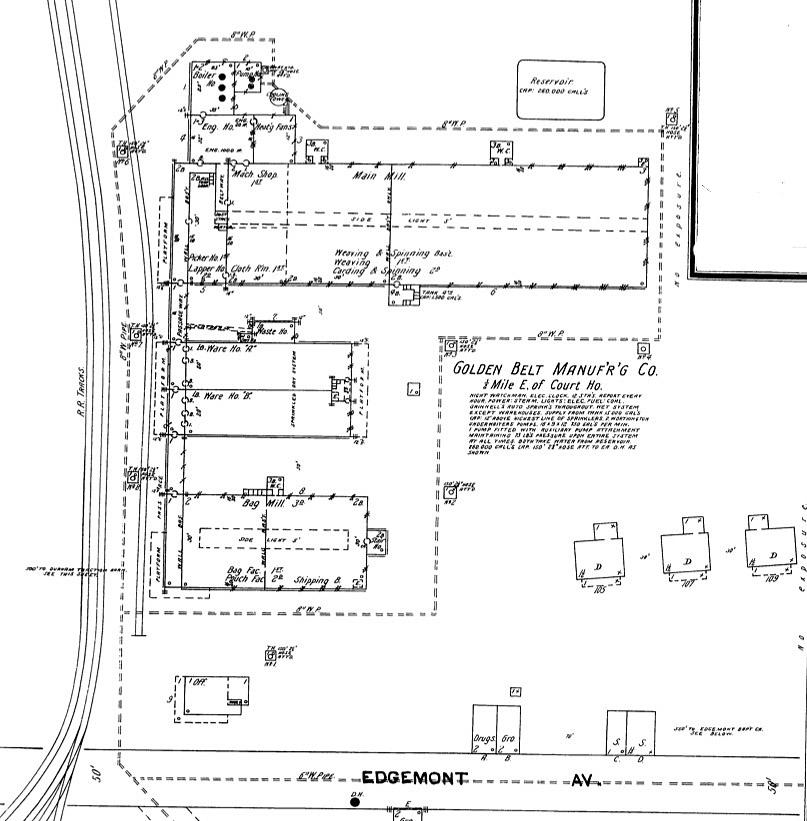
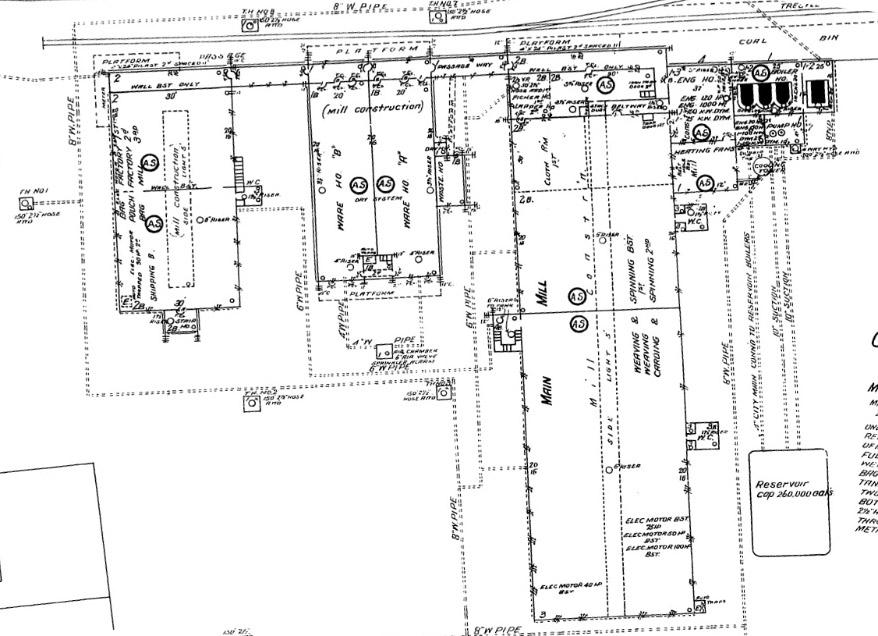
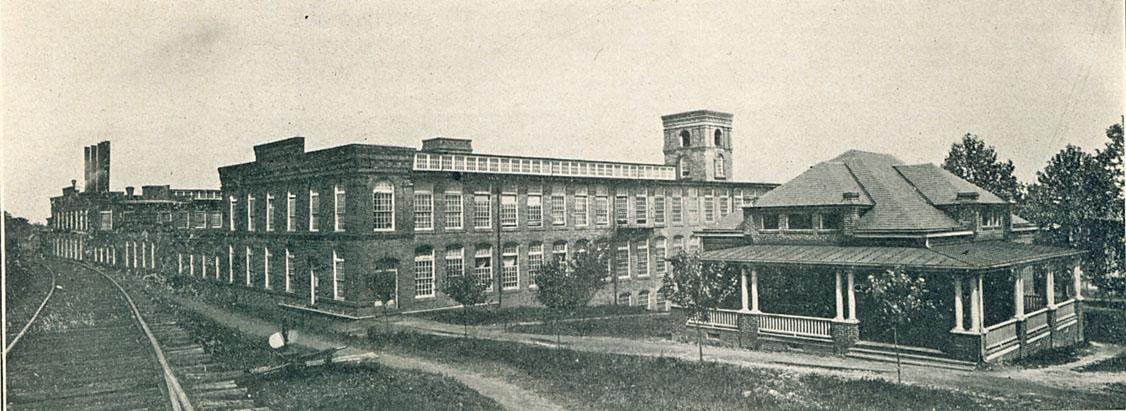
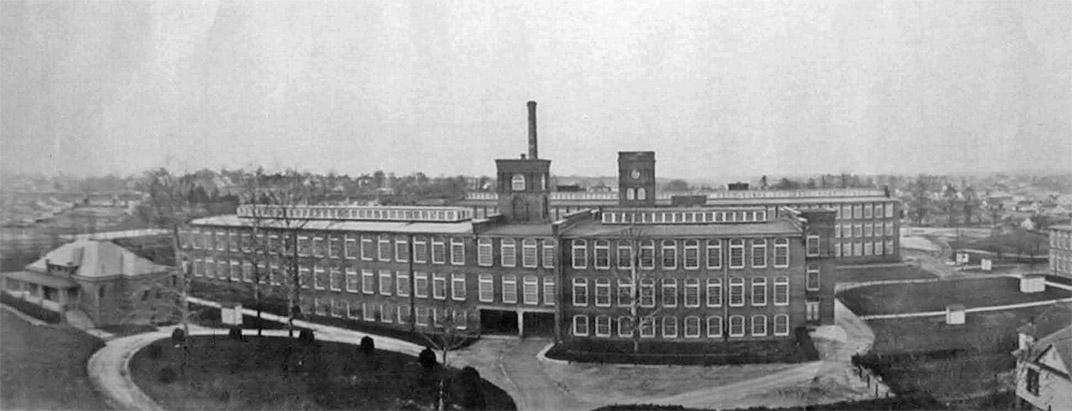
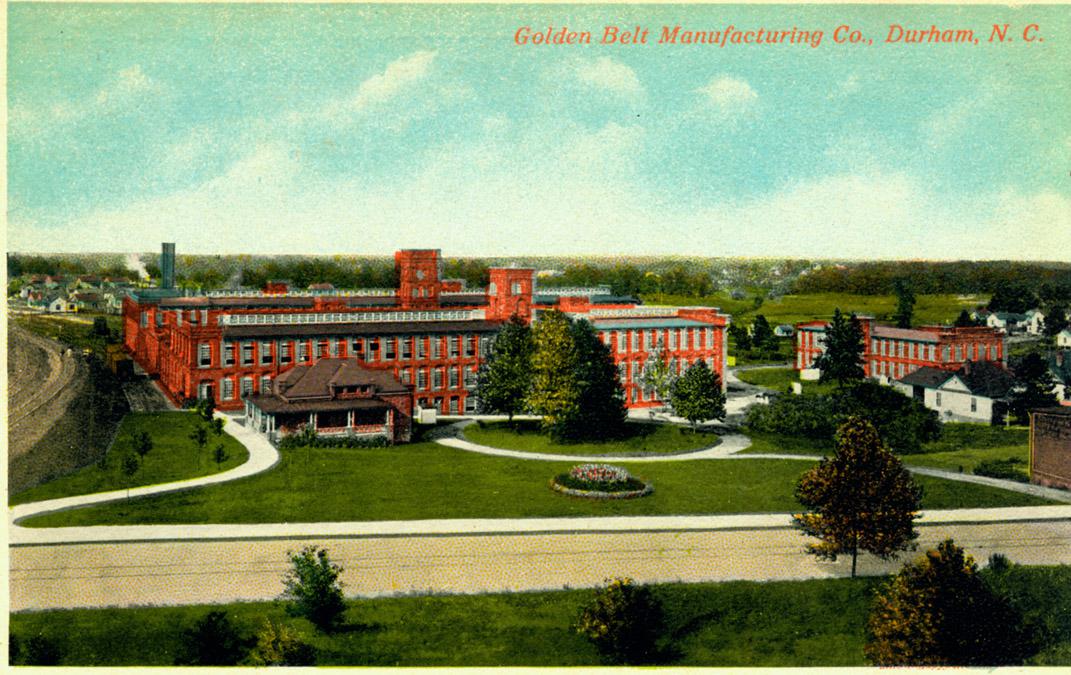
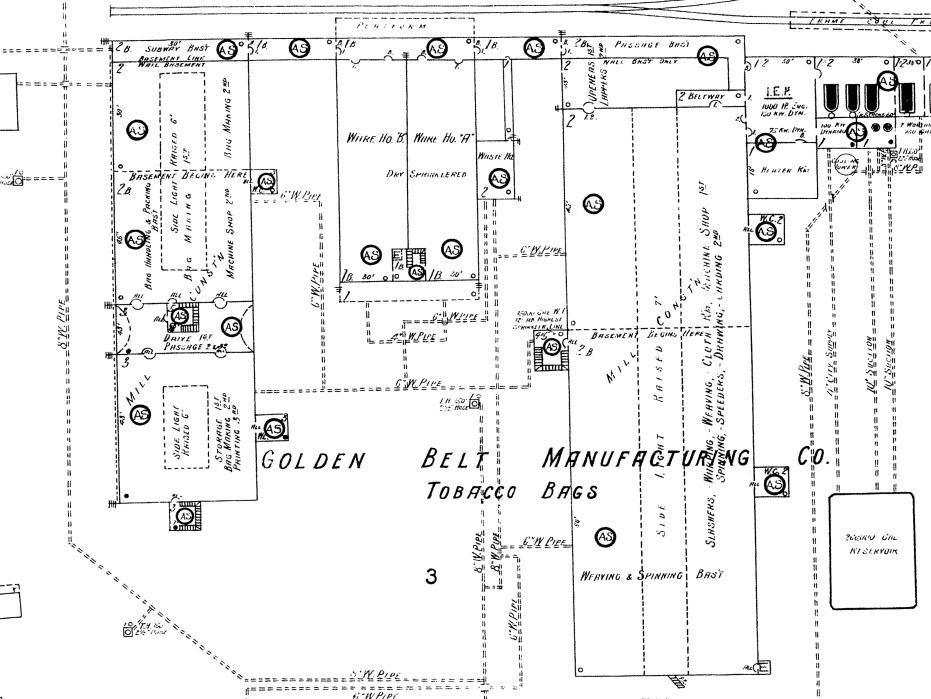
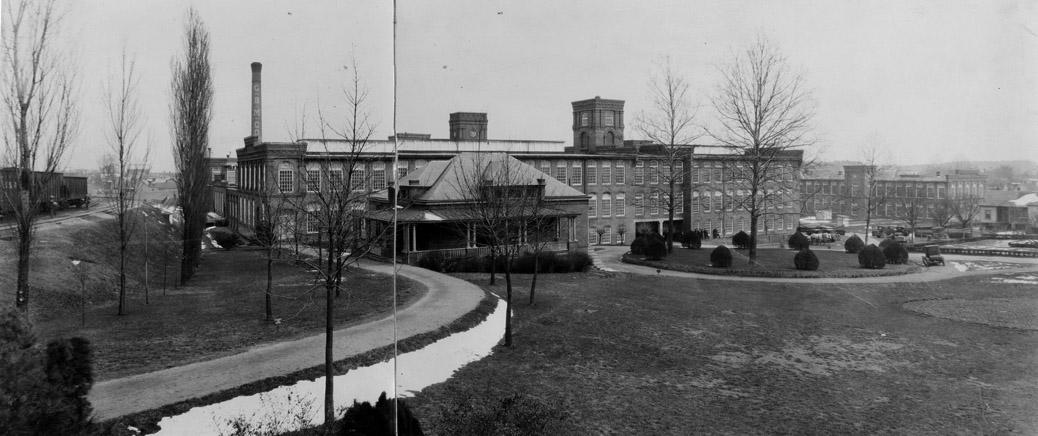
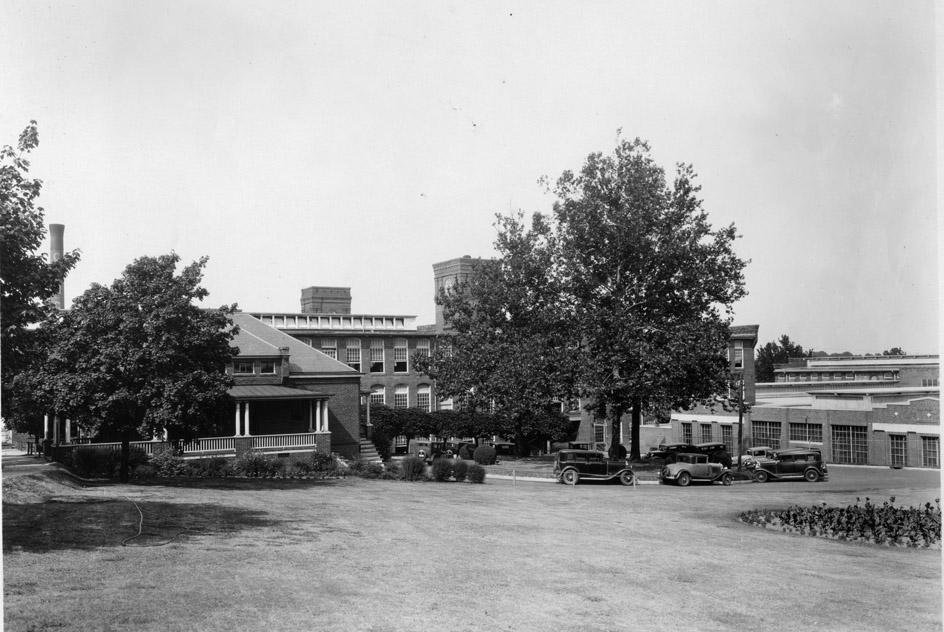
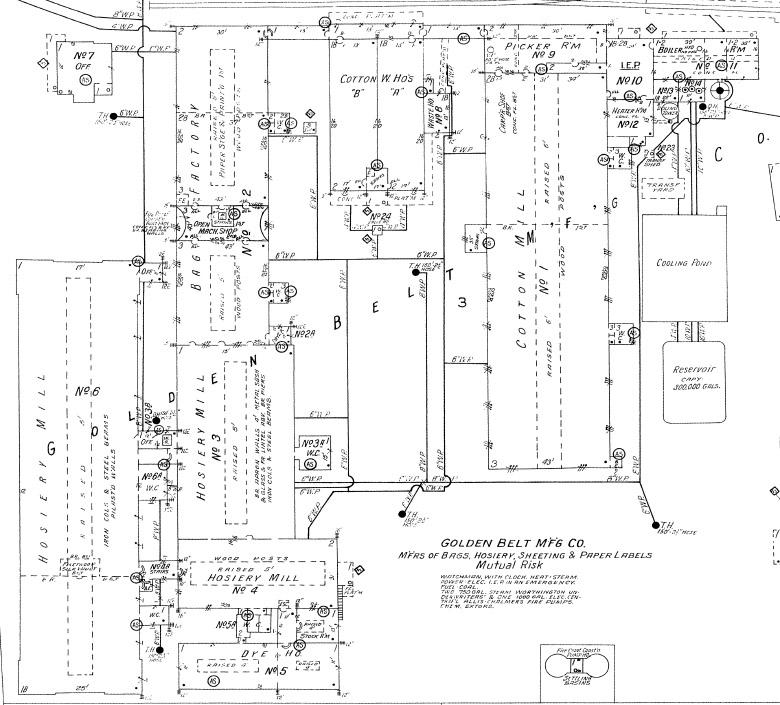
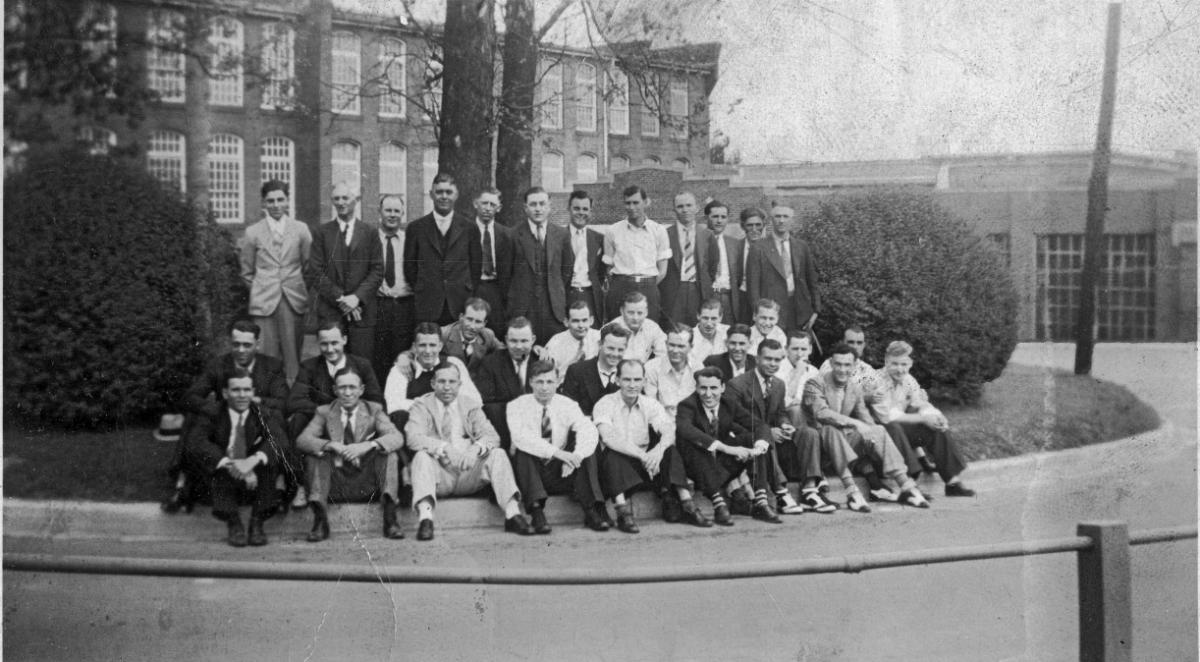
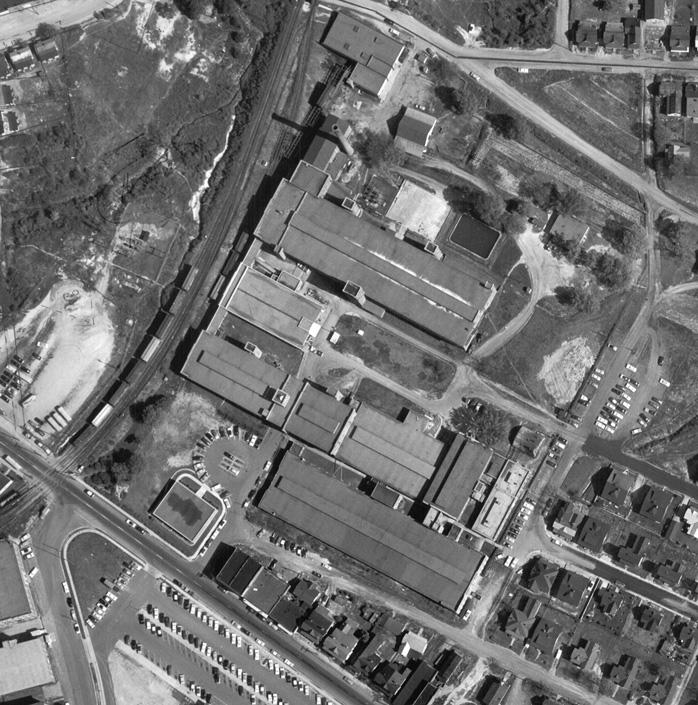
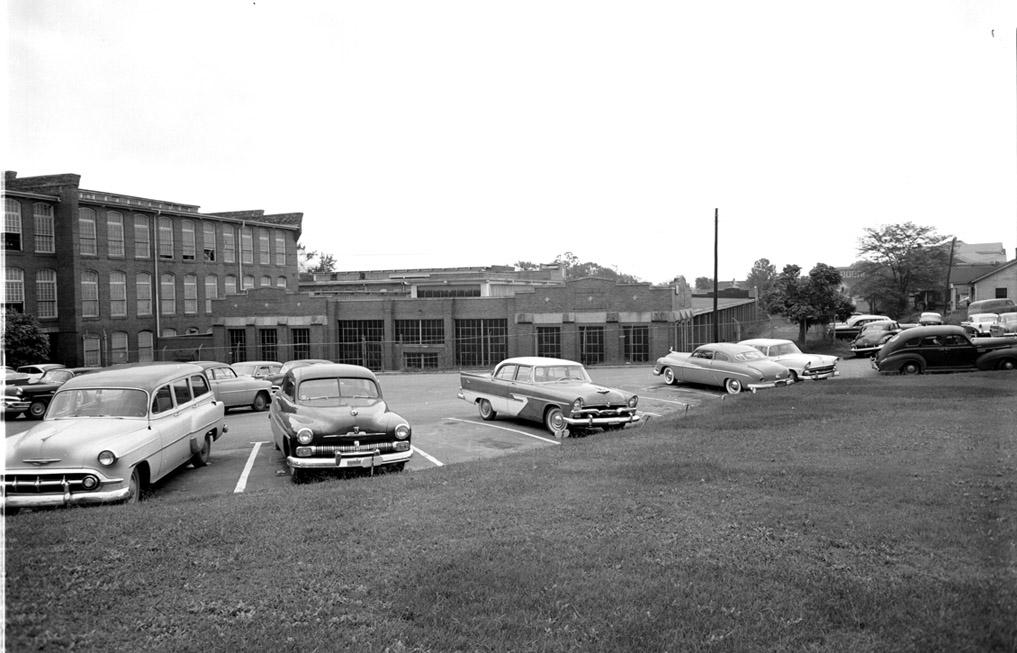

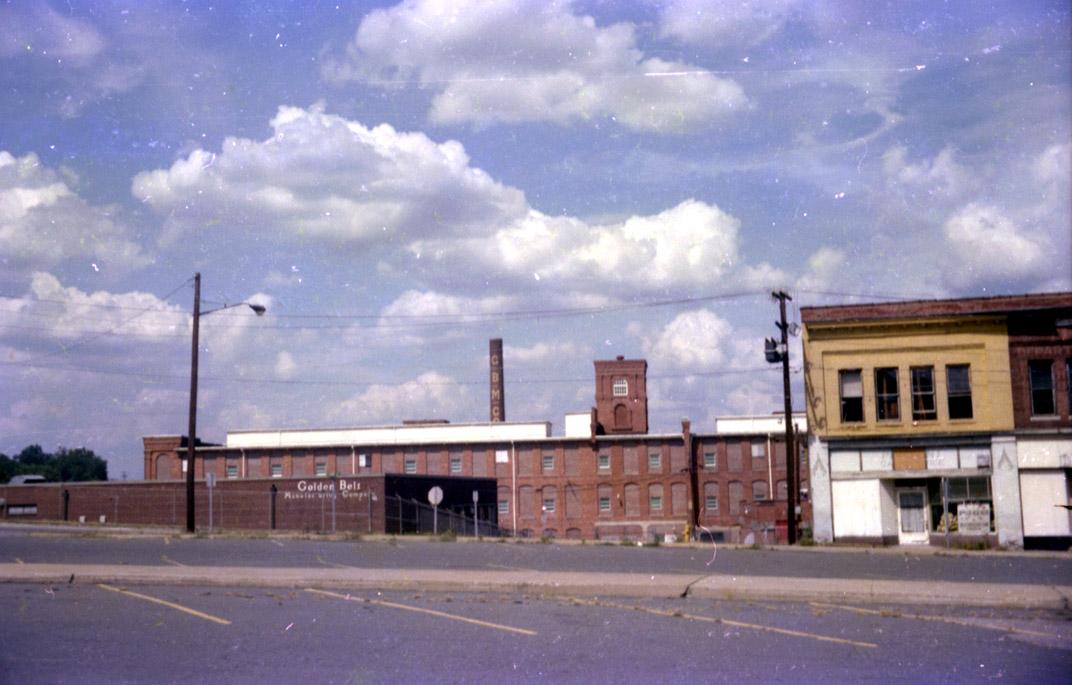
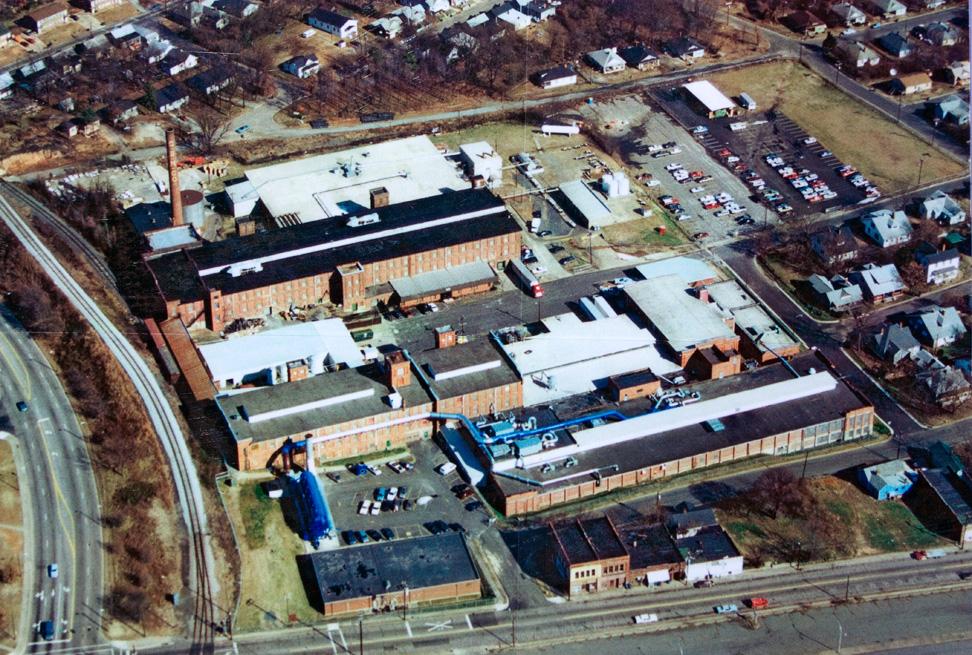
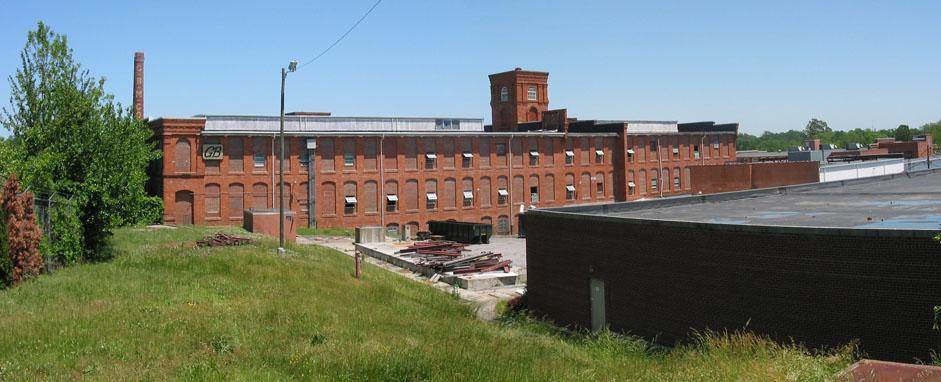
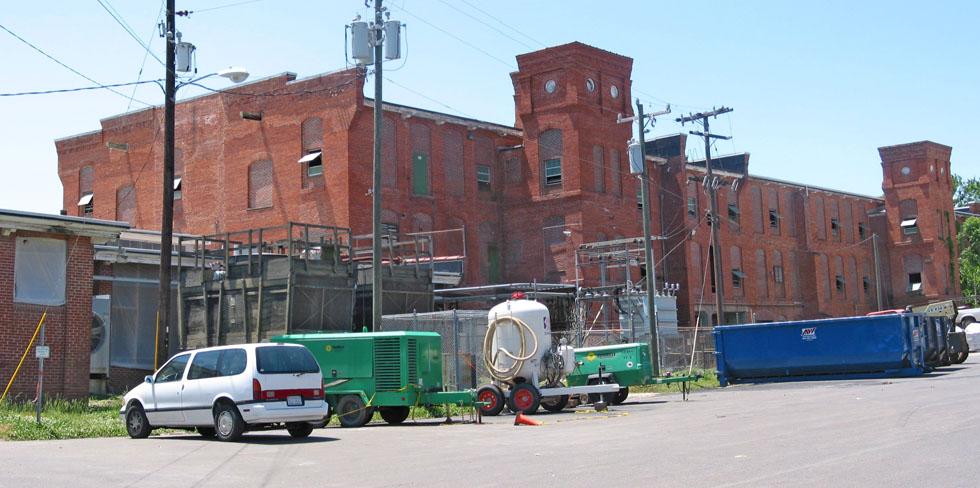
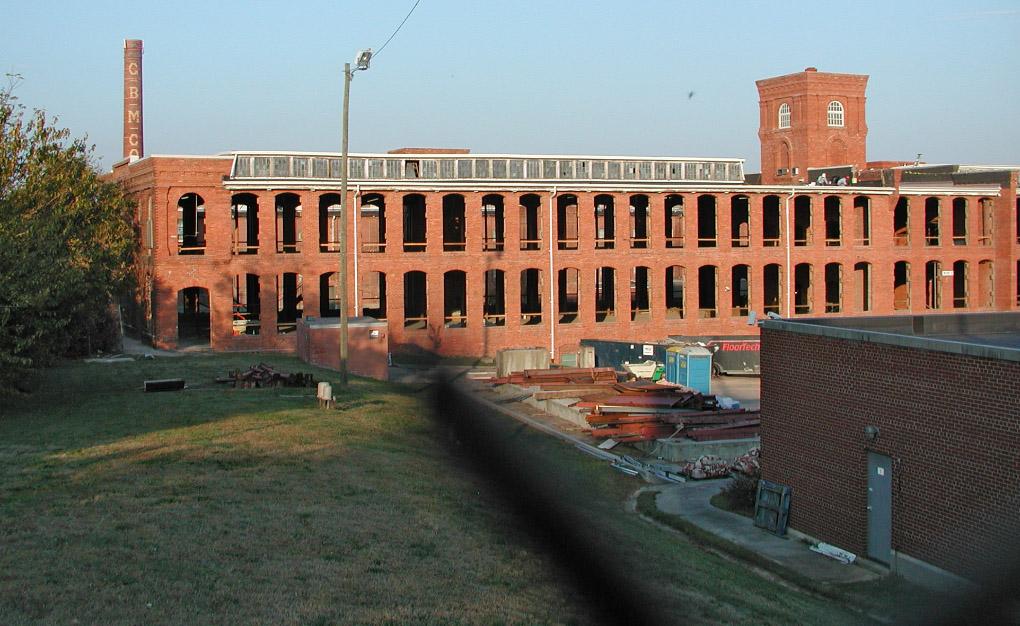
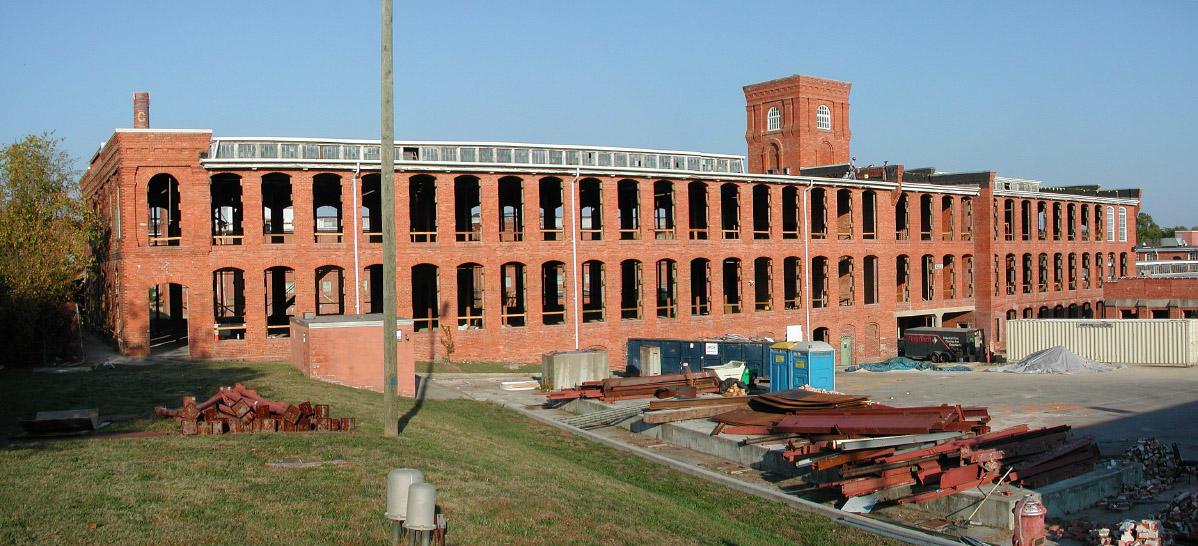
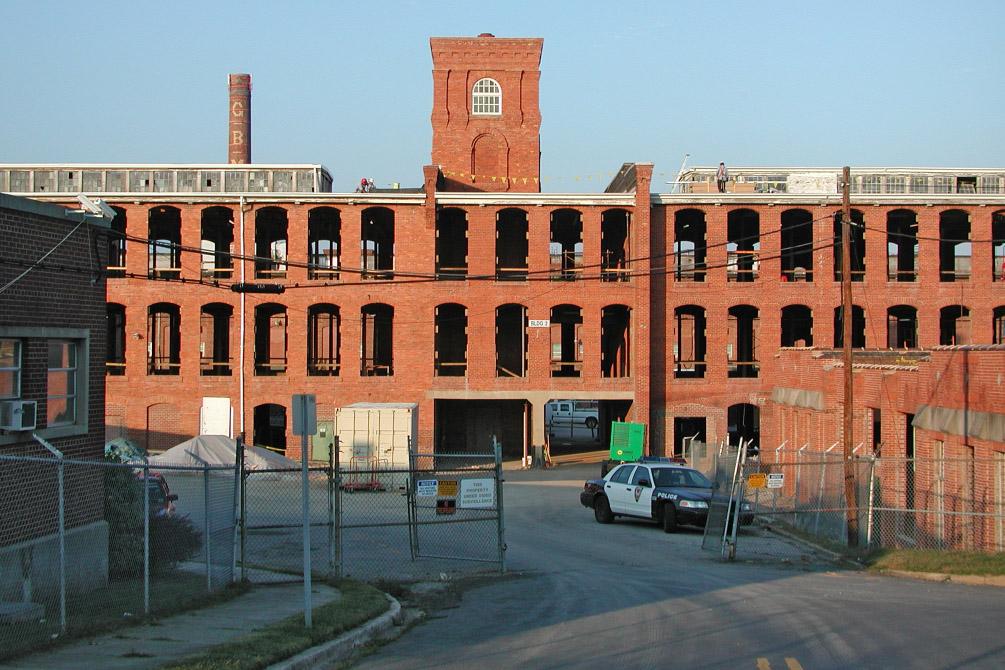
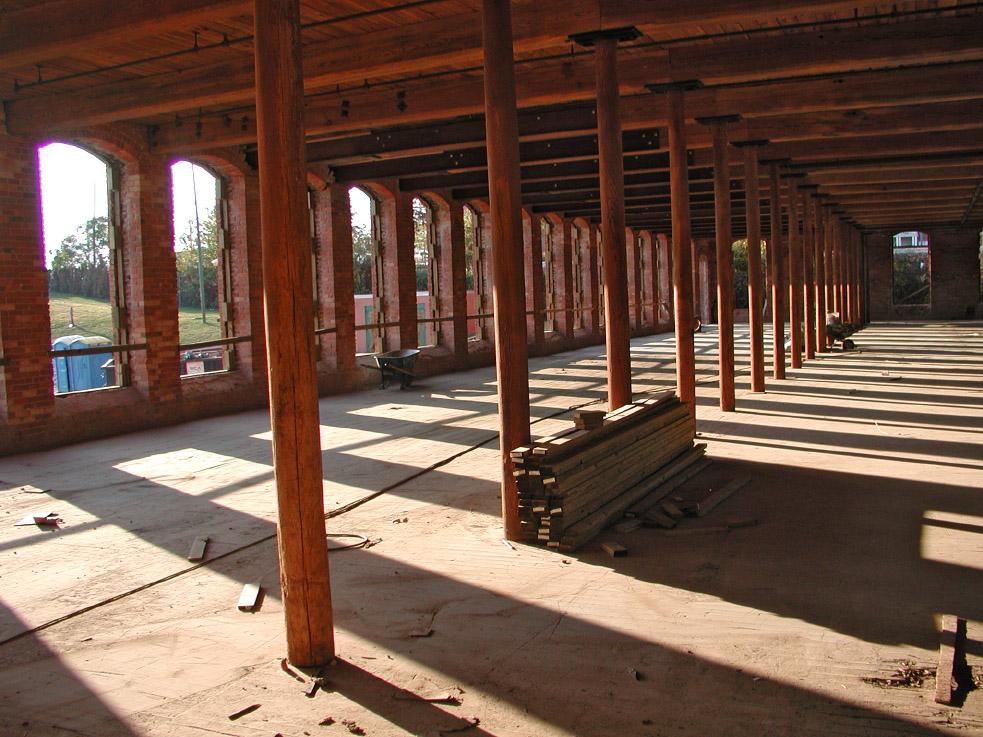
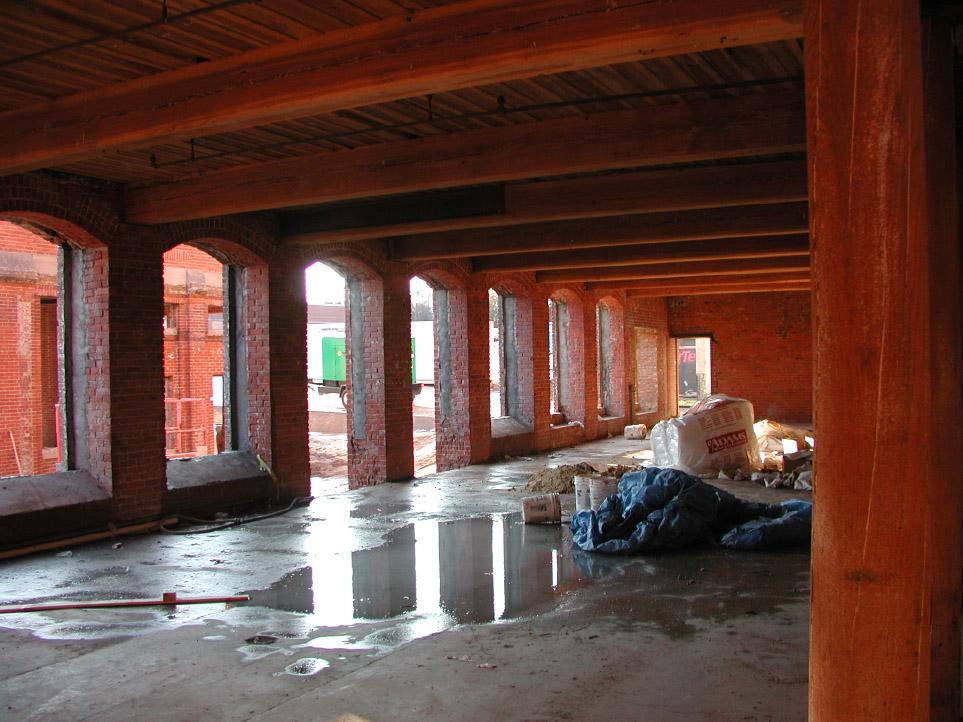
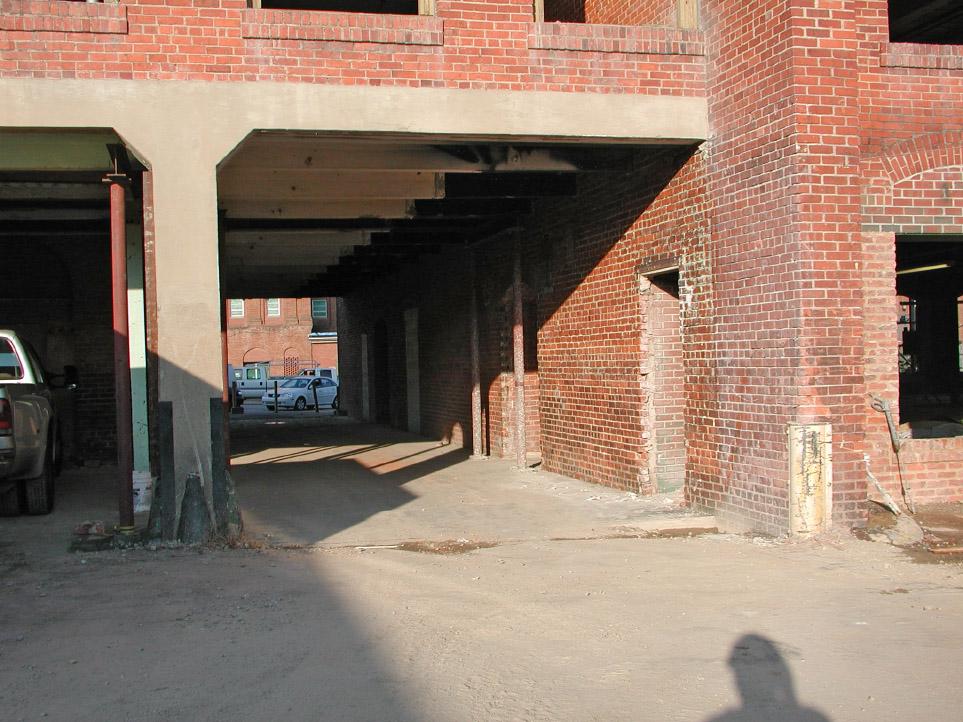
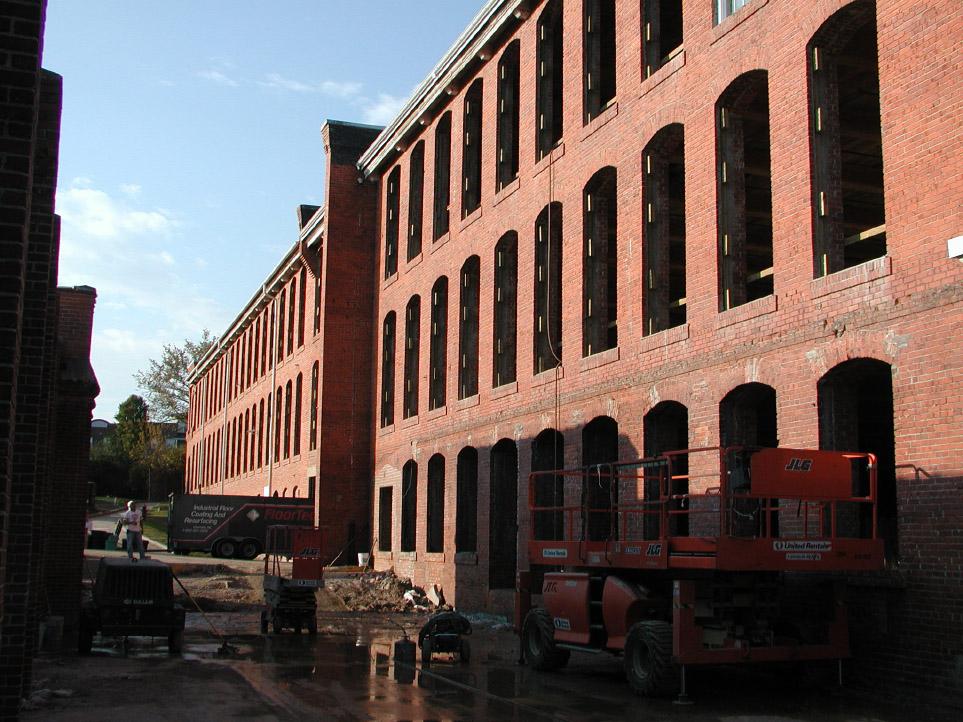
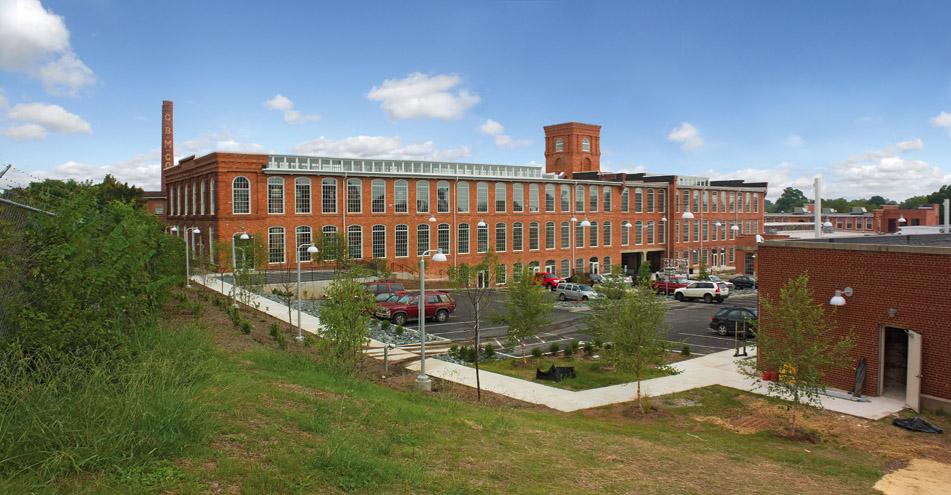
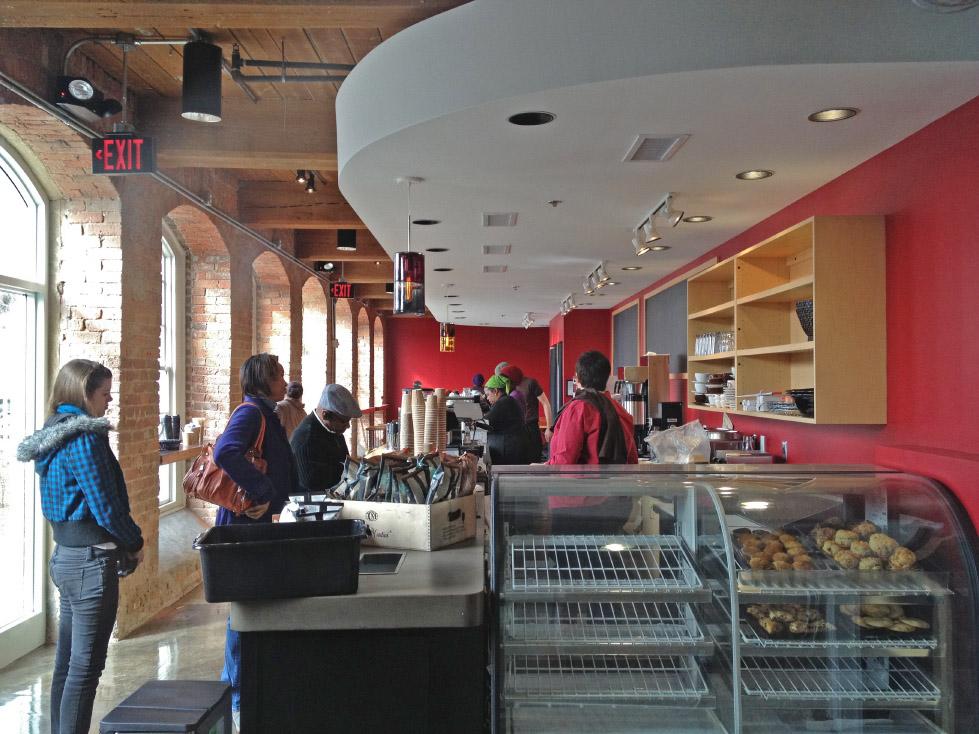
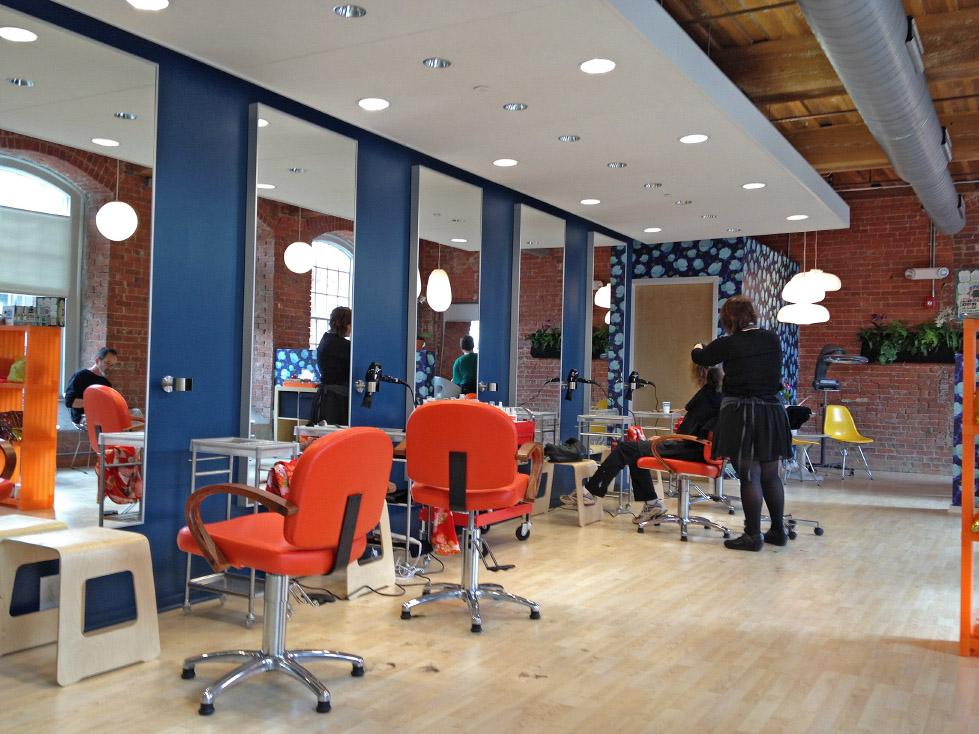
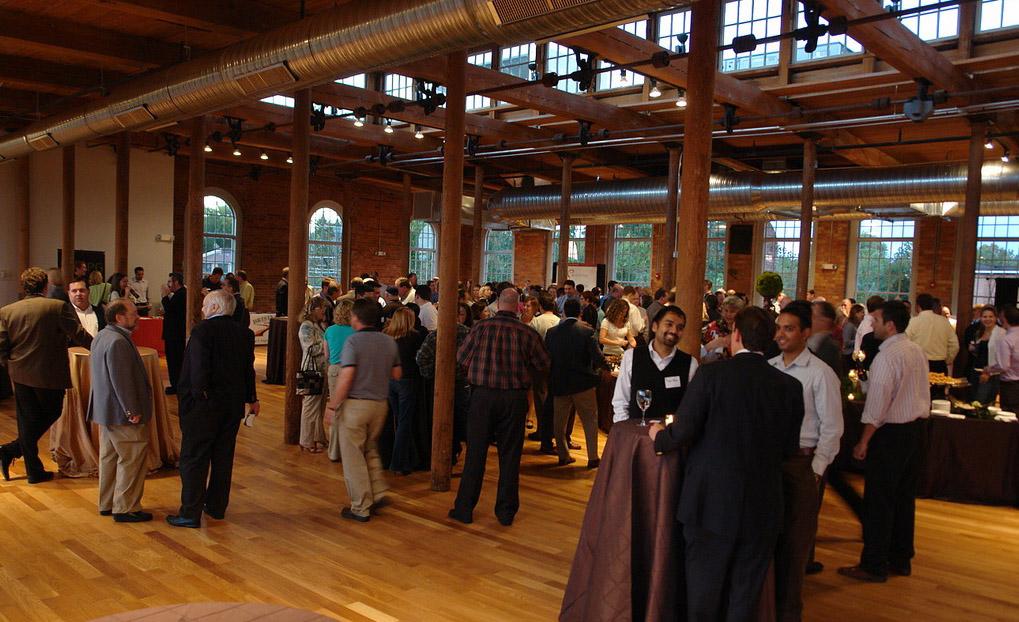
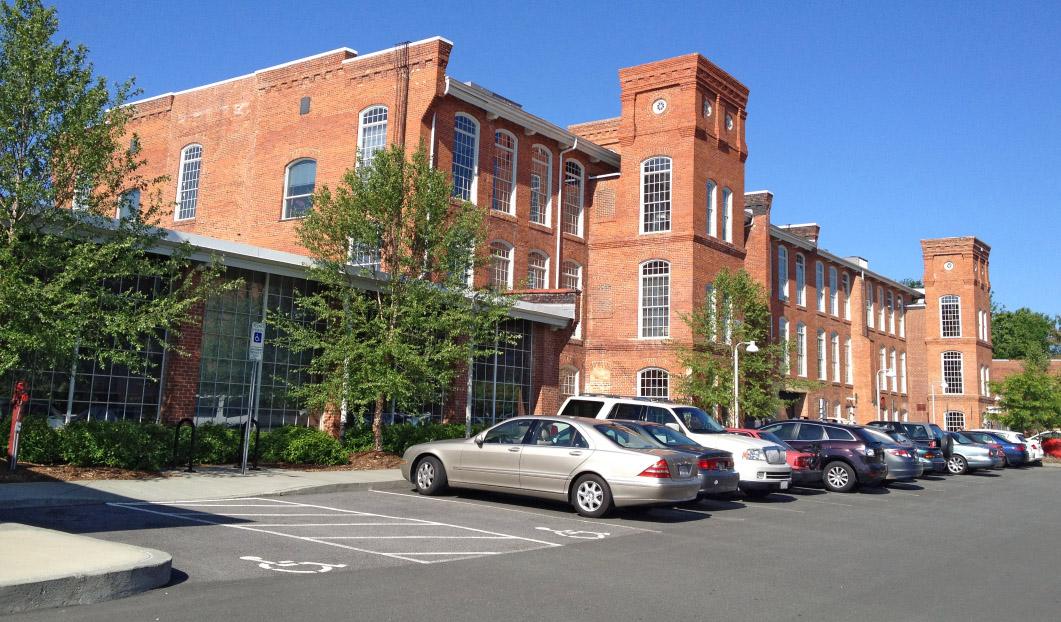
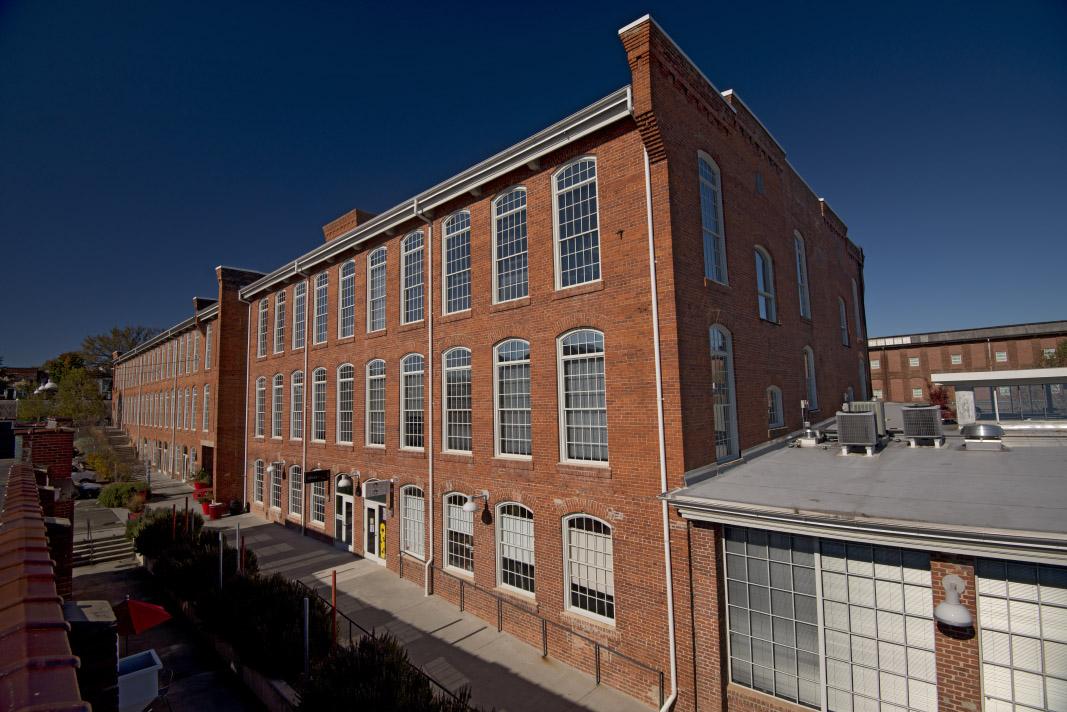
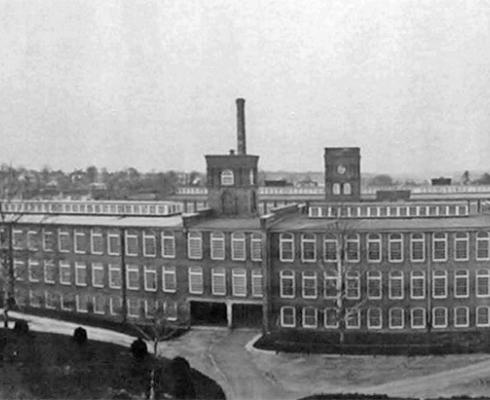
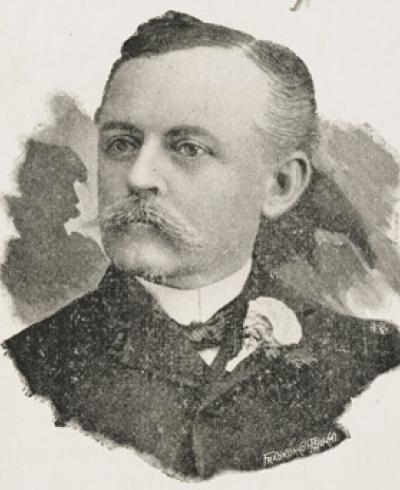
Comments
Submitted by Donald Moore Jr. on Sat, 6/30/2012 - 11:12am
Good morning,
My name is Donald Moore Jr. My grandfather, Mr Fred Moore Sr. worked as a weaver there in Bldg. 2 from the 1920s until his death in 1967. He lived in one of the original 50 homes created for employees on Worth Street (1105 Worth,) about 200 yards east of Bldg. 2.
I am curious to find literature, photos, and/or patents of the machinery that my grandfather operated in his lifetime, and ask your advice and direction for any information of this aspect of Durham life in this period of American History.
Please respond to nachomoms@yahoo.com or 702-771-0606
thank you, Donald Moore Jr.
Add new comment
Log in or register to post comments.